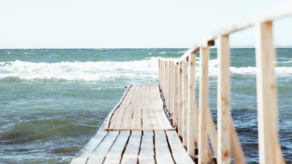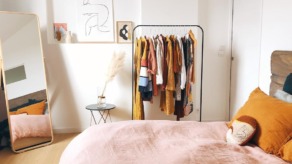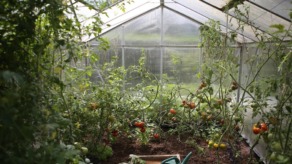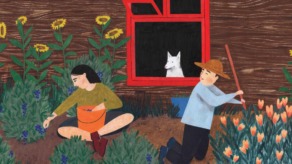Working from home
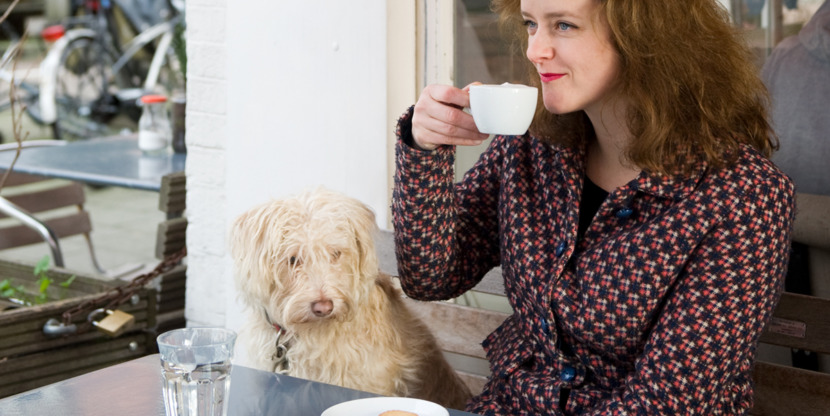
Working from home may sound nice, but there are quite a few traps you can fall into. Journalist Jeannette Jonker explores how she and other work-from-homers avoid the pittfalls.
California-based writer Alex Soojung-Kim Pang argues for working fewer hours and taking more breaks in his book Rest: Why You Get More Done When You Work Less. ‘When you examine the lives of history’s most creative figures, you are immediately confronted with a paradox: they organize their lives around their work, but not their days,’ he writes.
He looks at Charles Dickens who liked taking his dogs for a walk during the day, at Winston Churchill who would sleep halfway through his workday, and Roald Dahl who would deliberately stop writing when he was in the middle of a good sentence (because then he could start again the next day in a structured way).
